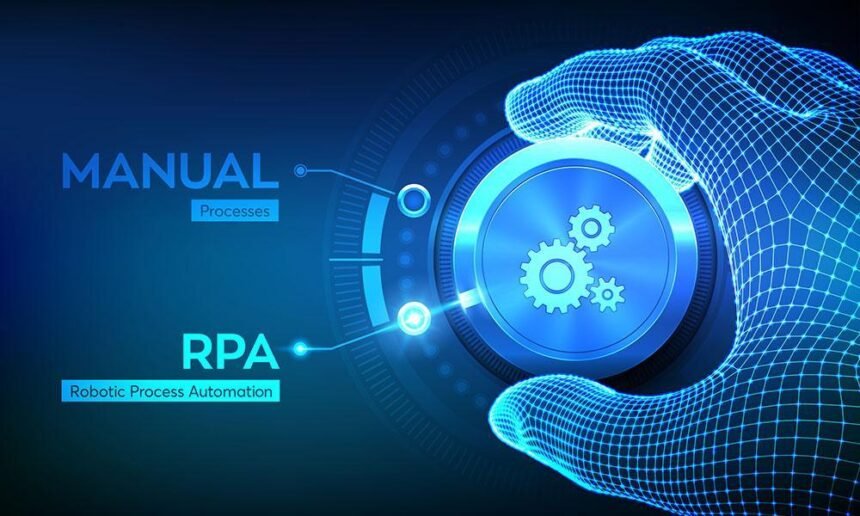RPA stands for robotic process automation. Although this concept shares certain similarities with test automation, the two approaches have a number of differences, especially in terms of their purpose and the tools they use.
In this article, you can explore the detailed comparison of RPA and automated testing.
Purpose and Scope of Automation
As the name implies, the aim of test automation is to automate the execution of tests for verification of the quality of the software. Usually, test automation is achieved through automated test scripts that simulate user behaviour and assess the system’s response. It can focus on entire applications or only on specific functions and detects software problems.
Test automation can be used to evaluate various software applications, including APIs, desktop, mobile and web applications.
RPA also reduces manual effort, however, its scope includes rule-based and repetitive business processes, especially those prone to human errors, such as data entry and processing or report generation. To accomplish this task, RPA uses bots.
RPA can be used across different industries, including logistics, finance, and manufacturing.
Inputs and Outputs of Automation
To automate the testing process, users need predefined test cases, scenarios and inputs. The exact selection of tests depends on the testing approach and scope. Test automation inputs can take various forms, such as data files, user actions, or test parameters.
The output of test automation is test results and reports. They can provide detailed information about system behaviour. This helps in identifying errors and finding the root causes of software problems. In addition, automated tests can monitor software performance and quality over time.
RPA bots can also use user actions such as entering data or clicking a button as inputs. Furthermore, bots can be triggered by system events, such as the receipt of an email. RPA bots can be designed specifically for a particular task or for the automation of broader business processes.
The result of robotic process automation is autonomous task completion. This can speed up business operations and improve their accuracy.
Tools used for Automation
Test automation and RPA require different tools. RPA involves software products that can be used to automate business processes. These tools differ significantly and provide users with different automation capabilities.
For example, RPA can use specific platforms such as UiPath to create, manage, monitor and integrate automation workflows. At the same time, there are specific products that help automate specific tasks in certain software. Thus, the Data Protection Suite for Microsoft Dynamics 365 from XPLUS uses automation for accurate information assessment and automatically encrypts sensitive data.
Test automation tools also vary from open-source libraries like Selenium to proprietary software tailored to a specific product like Executive Automats for Microsoft Dynamics 365.
Find more about similarities and differences between test automation and RPA on: https://xplusglobal.com/resources/blog/rpa-vs-test-automation-similarities-and-differences/



